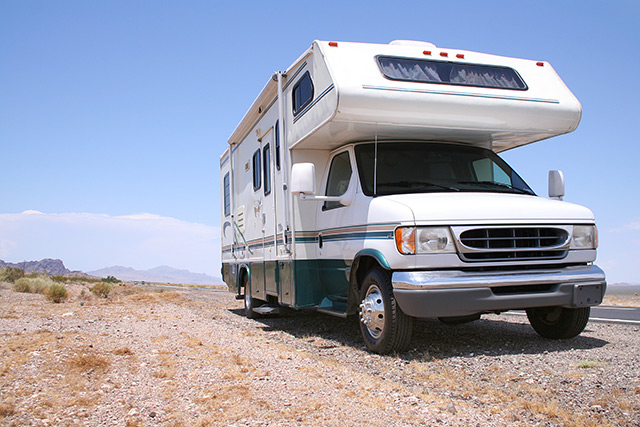Volcanic eruption in Iceland threatens nearby power plant in dreaded “worst-case scenario” – “only about two kilometers (1.24 miles) from major infrastructure”
12/25/2023 / By Ethan Huff

As expected, a volcano located on Iceland’s Reykjanes peninsula has erupted, sending geysers of molten lava blasting as high as 330 feet in the air.
Following a series of earthquake tremors reported there in recent months, the volcano has finally broken open as many speculated it would, creating issues for the nearby town of Grindavík as well as the nearby Svartsengi geothermal power plant and Blue Lagoon Hot Springs tourist attraction.
“We are looking at a worst-case scenario,” commented Icelandic volcanologist Thorvaldur Thordarson. “The eruption appears big, and only about two kilometers from major infrastructure.”
Two kilometers is the rough equivalent of around 1.24 miles, which is nothing when dealing with a volcano erupting at this magnitude and force.
Thousands of earthquakes have occurred in and around the volcano and its fissures in recent months. Many people had to evacuate their homes and roads were damaged as a result of all the shaking.
The situation has so deteriorated that Icelandic authorities have declared a state of emergency in Grindavík, the closest sizable town to the eruption and home to more than 3,000 people.
(Related: The crop failures being reported around the world are not happening because of global warming, but rather because of volcanic sulfur dioxide, according to David DuByne.)
Iceland’s most populated corner, including capital Reykjavik, facing eruption threat
Grindavík was evacuated on November 11, according to reports, as authorities announced that the country of Iceland was “highly prepared for such events.” What Iceland may not be as prepared for is the location of this particular eruption, which is occurring in “Iceland’s most populated corner and home to its capital,” to quote one media source.
“Iceland has one of the world’s most effective volcanic preparedness measures,” reads a local website about the matter.
As volcanic ash continues to spew into the sky, creating additional threats for other nearby towns and cities, including the capital city of Reykjavik, authorities have raised the aviation alert to orange in anticipation of aircraft flying in the North Atlantic and encountering spewing ash.
Some will remember the eruption of Iceland’s Eyjafjallajokull volcano back in 2010 that left an ash cloud over much of Europe for an entire week, stopping air travel. Prior to that eruption, Eyjafjallajokull was dormant for nearly two centuries.
There are around 130 volcanoes in Iceland, which is home to about 400,000 people. Since the 19th century, not a single decade has gone by in which there was not a volcanic eruption, meaning they are common and “entirely random,” according to Iceland’s tourism website.
“Iceland also has extremely tough immigration laws, has no diversity enrichment, and is extremely safe with low crime,” one commenter noted about Iceland.
“That solar storm rang the earth like a bell two days ago,” wrote another about what might have finally triggered the volcano to erupt. “It’s not random.”
“Volcanic ash may well cool the earth,” wrote another. “Manmade ‘climate change’ is a myth.”
Someone else pointed out that the amount of ash and toxic gas emitted from this latest volcanic eruption will be a whole lot more damaging to the environment than many decades’ worth of human industrial activity.
“There go the carbon net zero targets for the next 10 years,” one said.
“What are they going to do with all that CO2?” asked another, referring to the carbon dioxide the volcano is releasing. “Who are they going to tax?”
“One volcano emits more carbon than all of mankind combined over a hundred years,” suggested another. “That is one of those inconvenient truths that Al Gore never mentions.”
If you enjoyed reading this story, you will find more like it at Environ.news.
Sources for this article include:
Submit a correction >>
Tagged Under:
carbon dioxide, chaos, disaster, emergency, eruption, evacuation, Iceland, natural disaster, power infrastructure, volcano, volcanoes
This article may contain statements that reflect the opinion of the author
RECENT NEWS & ARTICLES
COPYRIGHT © 2017 OFFGRID NEWS




















